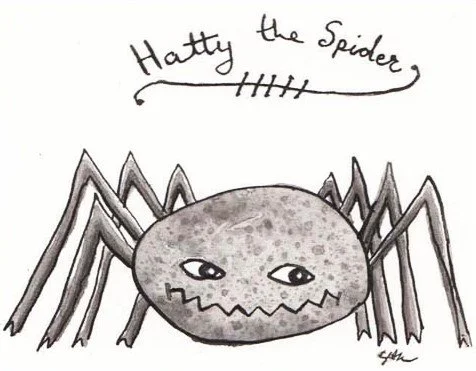Axolotls are a species of salamander that originated in the underground caves of what became Mexico City. The name derives from Aztec and means "water monster." Axolotls are an unusual species. Although they have legs, they cannot walk, and only swim. They evolved from tiger salamanders, which can breathe air. Axolotls, like fish can only breath underwater. The large red appendages on either side of their face are actually external gills. Occasionally axolotls develop thyroid disorders and turn into land salamanders.
Axolotls are critically endangered in their native habitat. They only lived in two lakes; Lake Xochimilco and Lake Chalco. Lake Chalco has since been drained because it posed a flooding risk to the burgeoning human population. The axolotl had the misfortune of sharing its home with the second most populated human city of the New World.
However, axolotls are used at many university research facilities throughout North American and the world as model organisms. Axolotls are of special interest to scientists because they can regenerate their limbs, and have unusual anti-aging components. They can live up to 15 years, which is long for an amphibian.
Axolotls first came to the attention of scientists when the species arrived in Paris's Jardin des Plantes in the 1860s . Most research and pet axolotls are genetically related to those breed in Paris. One particularly large colony of axolotls lived at Indiana University from 1976 to 2005. The university obtained the colony from the University of Buffalo, which in turn got much of its stock from Paris. The Indiana University Axolotl Colony has moved to Lexington, Kentucky.
A cool video about axolotl research can be viewed at, https://youtu.be/FTZ2wUUQO30
Aztecs used to eat axolotls, and it looks like Japanese are eating them too! In Japan, they are known now as 'wooper loopers.'
One of my goals for the year of 2015 is to get an axolotl. I need to get better at cleaning and organizing first though.

